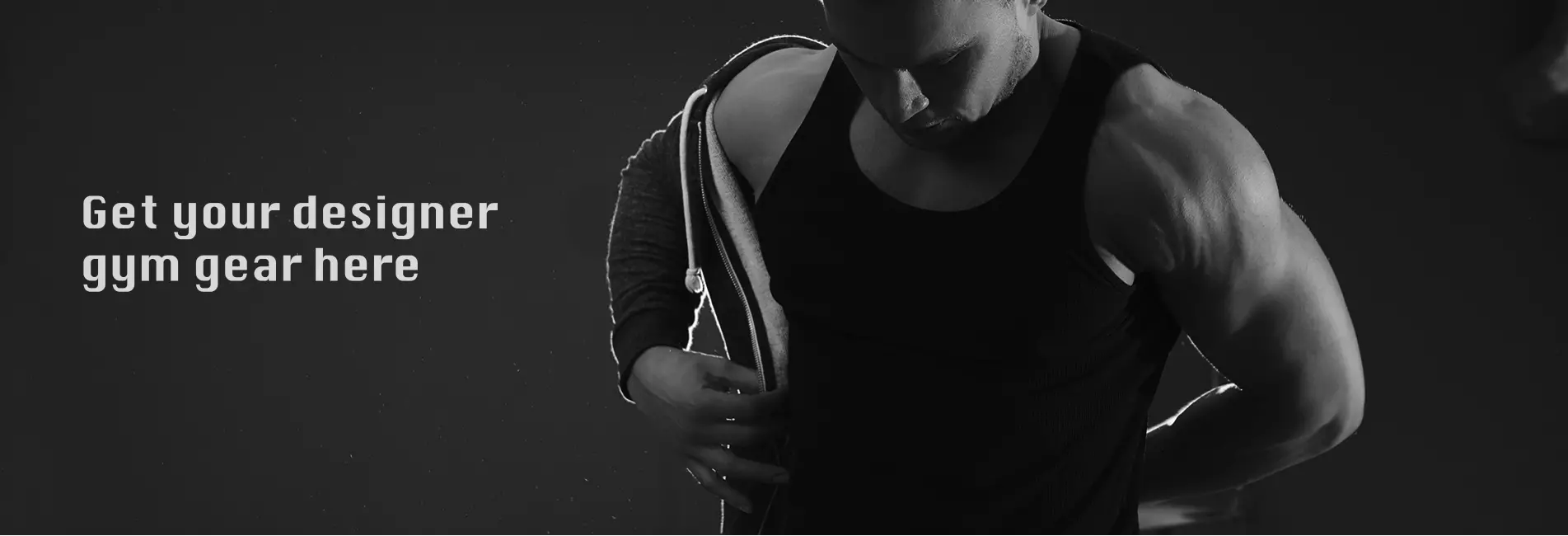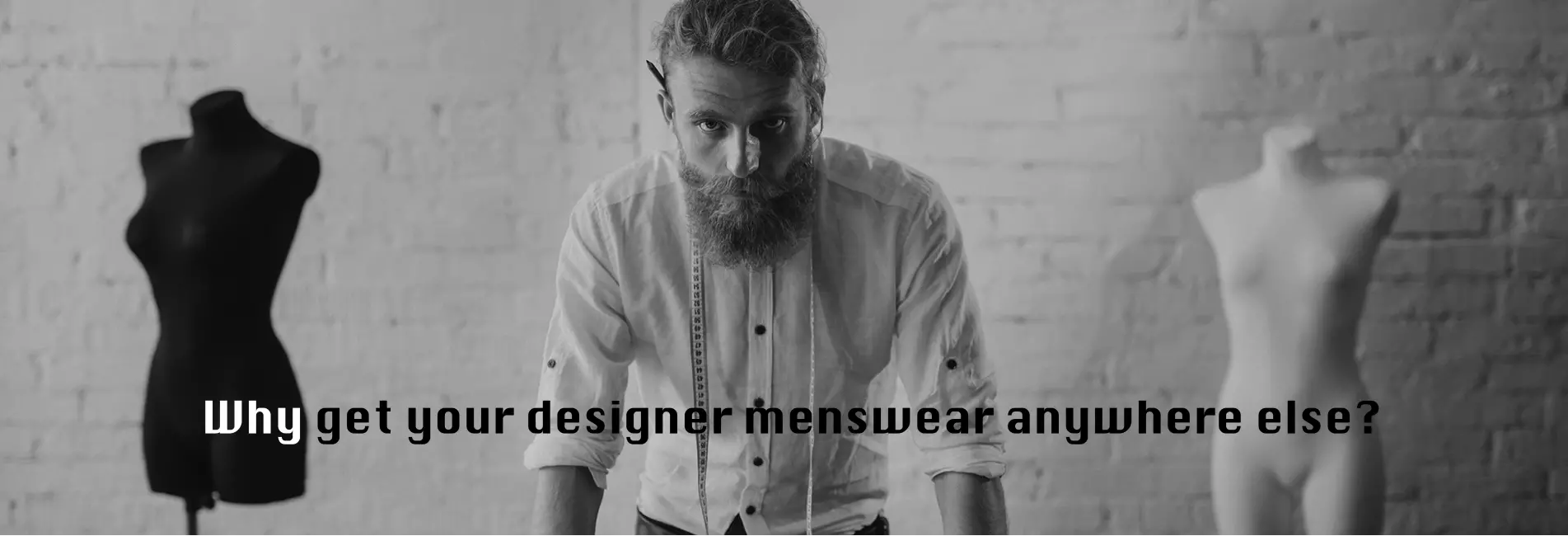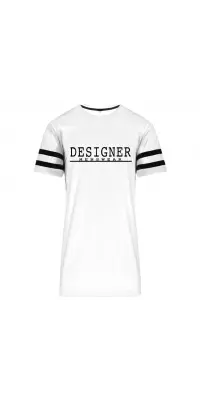Now anyone can create applications that use DALLE 2 to generate images
Finally, DALL-E 2, OpenAI's image AI system, is available as an API, which means developers can integrate the system into their applications, websites, and vendors. In a recent blog post, OpenAI announced that any developer can start using the functionality of DALL-E 2, which is used by more than three million people to publish more than 4 million photos per day, once they use an API of OpenAI -Account created as part of the public beta.
API DALL-E 2 prices vary depending on the decision. For 1024 x 1024 photos, the price is .02 per image; 512 x 512 photos are .018 per image; and 256 x 256 images cost .016 per image. Volume reductions are available to companies that work with the OpenAI family of companies.
In terms of policy, not much will change with the release of the API, which will tend to disappoint those who fear that generative AI methods like DALL-E 2 will be released without due consideration of the ethical and legitimate issues they raise. As before, customers are bound by the OpenAI Terms of Service, which prohibits the use of DALL-E 2 to generate overtly violent, sexual, or hateful content. OpenAI can also prevent clients from importing photos of people without their consent or photos they have no rights to, using a combination of human and automated monitoring systems to implement this.
One small change is that photos created with the API do not need to include a watermark. OpenAI introduced watermarking as an approach during the DALL-E 2 beta to indicate which images came from the system, but chose to make it optional with the API release.
"We encourage builders to disclose that the images are AI-generated, but do not require that they contain the DALL-E 2 signature," Luke Miller, a product lead at OpenAI who oversees the DALL-E 2 enhancement, said via email. to TechCrunch.
Microsoft design software powered by the DALL-E 2 API.Microsoft's design tool powered by the DALL-E 2 API. Photo credit: Microsoft
OpenAI also uses fast and image-level filters with DALL-E 2, although the filters that some users have complained about are overzealous and imprecise. And the company has focused some of its research efforts on diversifying the image shapes that DALL-E 2 generates to combat biases that text-to-image AI methods suffer from (for example, producing mostly white images). Menu when prompted for text such as "CEO Examples").
But those moves have not appeased all critics. In August, Getty Images banned the uploading and sale of illustrations created with DALL-E 2 and other similar tools, following decisions by sites such as Newgrounds, PurplePort and FurAffinity. Getty Images CEO Craig Peters told The Verge that the ban was prompted by issues with "hot spots not addressed," as training information for methods like DALL-E 2 includes copyrighted images pulled from Internet.
Many critics say it's not just copyright infringement that makes them think of DALL-E 2. The system threatens the existence of artists whose type can now be replicated with a few lines of text, they argue, including artists who use it. have made. You do not consent to your work being used to train DALL-E 2. (To be honest with OpenAI , the company licensed some of the photos in the DALL-E 2 training dataset, which is more than can be said of some of its competitors).
Technologists Mat Dryhurst and Holly Herndon are spearheading an effort known as Source+, which allows people to ban their work or likeness for use for AI training purposes. But it is optional. OpenAI has not indicated whether or not it will participate, or, indeed, whether it will ever introduce a self-service device that allows rights holders to exclude their work from the technology of training materials or content.
Mixtiles is an early adopter of the DALL-E 2 API. Credit: Mixtiles
In an interview, Miller revealed few details about the new mitigations, other than that OpenAI has improved its strategies to prevent the system from generating biased, toxic, and objectionable content that customers might find offensive. He described the open API beta as an "iterative" course that will involve working with "customers and artists" over the next few months as OpenAI scales the infrastructure that powers DALL-E 2.
If the DALL-E 2 beta is any indication, the API program is sure to evolve over time. OpenAI initially disabled the ability to edit people's faces with DALL-E 2, but later enabled the ability after the security system was improved.
"We've done a lot of work on that side of things, each of the images you just uploaded and the prompts you just sent, to align with our content policy and prepare various mitigations to filter at the immediate level and at the image layer. to ensure this is consistent with our Content Policy. So, for example, if someone uploads an image that has hate symbols or blood, like very, very, very violent material, that can be rejected," Miller said. "Always we are serious about how we can improve the system.”
But while OpenAI is desperately trying to avoid the controversy surrounding Stable Diffusion, the open source equivalent of DALL-E 2 which is used to create deepfakes for movie stars, porn and gore, it allows API clients to decide what exactly , how and where to use. his know-how. Some, like Microsoft, will no doubt take a measured approach and slowly release products based on DALL-E 2 to gather feedback. Others jump in headfirst, accepting both the know-how and the moral dilemmas that come with it.






























